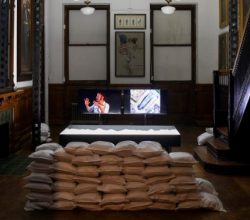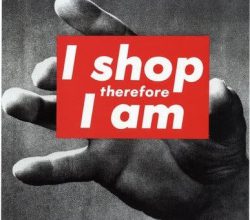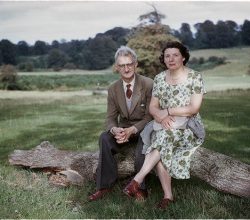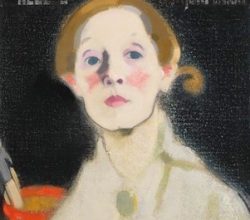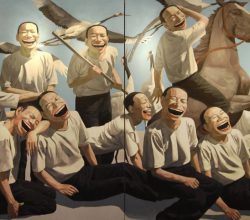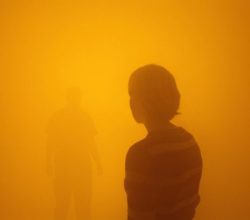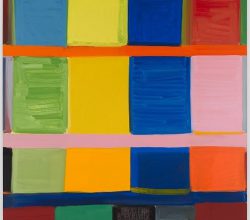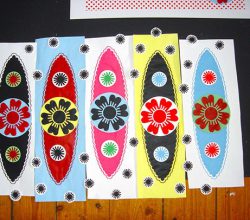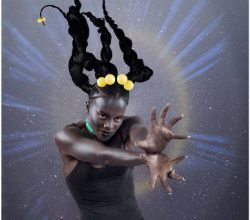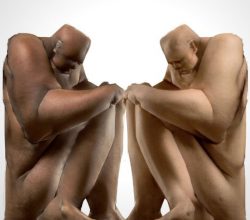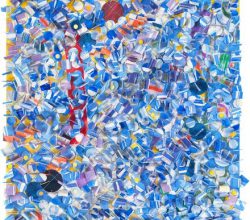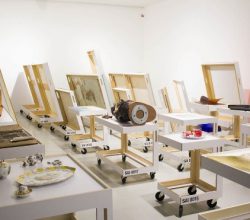
Leon Kossoff: Figurative and landscape painter who chronicled London life
Charles Darwent | The Independent | 13th July 2019
Kossoff enjoyed a rare compliment from London’s National Gallery – after-hours access. A central figure in British art, his reputation rested on Expressionist paintings of London’s people, streets and buildings. A slow worker, the final canvasses were thick with heavily worked paint “as if made of coloured, solidified engine grease as put into a grease gun.” Says one writer “a playful and serious genius”.

